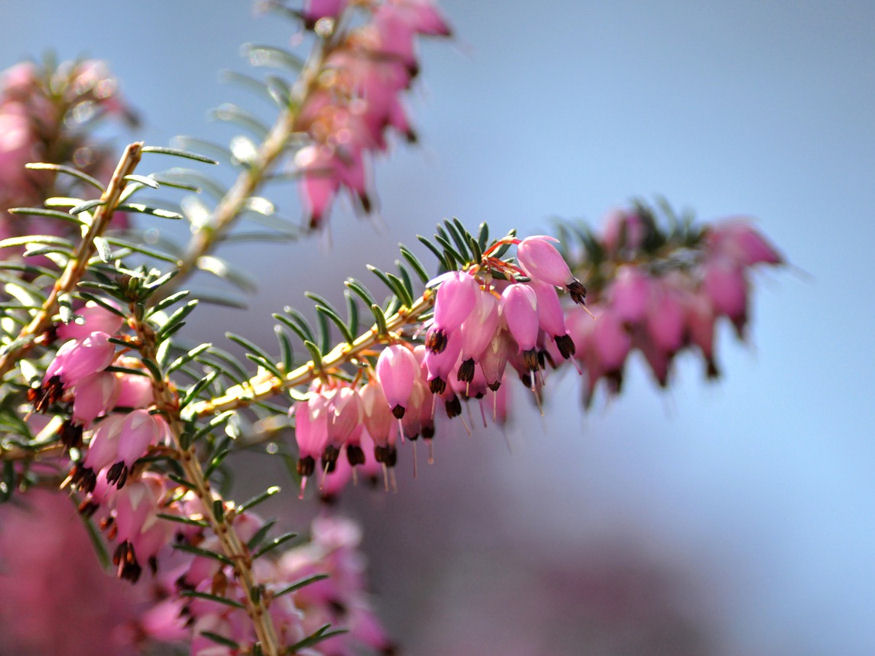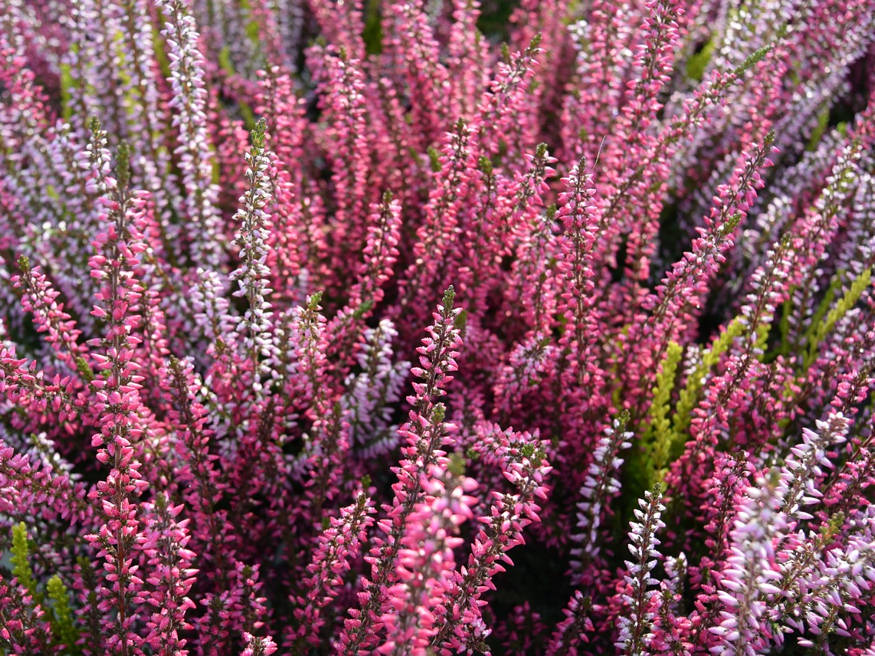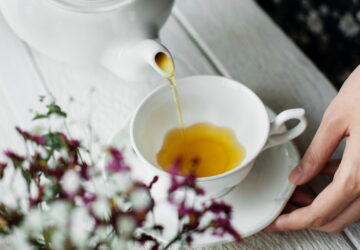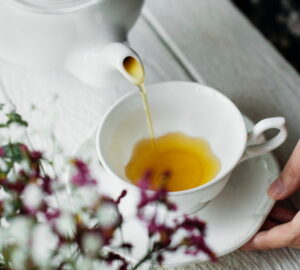While the cold months might seem inhospitable for plant life, there are delightful exceptions that can bring vibrant colors and a touch of magic to your garden. Two notable members of the Ericaceae family, winter heath (Erica carnea) and common heather (Calluna vulgaris), flourish during winter, defying the barren landscape that often characterizes this season.
In this article, we’ll explore these charming cold-weather bloomers, sharing valuable insights on how to care for them and infuse your garden with their evergreen allure.

Meet Winter Heath and Common Heather
The Erica genus, renowned for its rich diversity, predominantly originates from the African continent. These hardy plants are celebrated for their ability to flourish in the face of chilly temperatures, becoming a beacon of color when most other vegetation succumbs to dormancy. Among the stars in this plant family is the captivating winter heath, which graces the garden with its adaptability and stunning flowers, blooming from December through April.
Common heather, hailing from the same Ericaceae family, is a charming evergreen shrub that thrives in colder climates. While it may not share the same blooming schedule as its counterparts, it compensates with its unique appeal and a flowering period that generally spans from late summer to autumn. With an array of hues ranging from deep purples and pinks to soft whites, common heather brings a touch of elegance to the garden during the latter part of the year.

Winter Heath: A Compact Gem
Winter heath presents as a slightly more compact option compared to its relatives. The evergreen foliage, while retaining a looser appearance, creates a visually captivating scene when grown in groups with other plants. What truly sets these plants apart are their charming blossoms, which can be found in shades of white, pink or purple. Diversity extends beyond flower color; some winter heath varieties exhibit foliage in various shades, including green, yellowish, orange and bronze.

Distinguishing Winter Heath from Common Heather
Winter heath and common heather, both members of the Ericaceae family, are often mistaken for each other. However, telling them apart is relatively straightforward. Winter heath sports needle-shaped leaves, while common heather showcases scale-shaped foliage. Additionally, their flowers differ noticeably: winter heath displays dainty, tubular blossoms, while common heather features petite bell-shaped flowers. Understanding these distinctions ensures proper care and full appreciation of these plants.

Ideal Growing Conditions
For thriving winter heath and common heather, it’s crucial to recreate their natural habitat as closely as possible. These plants thrive in acidic soil, so consider using specialized potting mix to maintain optimal pH levels. While winter heath is adaptable to slightly more calcareous soil, ensure that the growing medium remains moist and offers excellent drainage. These hardy plants can flourish in full sun, but they also tolerate partial shade, granting you flexibility in garden design. Combining them with other autumn and winter beauties further enhances your garden’s allure. To maintain their aesthetic, remove withered flowers with a simple run of your hand along the flower stems.

Pruning for Vigor
In their natural environment, plants in the Ericaceae family benefit from regular grazing by sheep, which keeps their growth in check. In your garden, you can replicate this effect through prudent pruning. Avoid cutting into old, woody parts, as it can hamper fresh shoot production. Annual pruning is essential, primarily done after flowering in March, although pruning in April and May is ideal for winter-blooming heathers. Pruning shears designed for roses can make the task quick and efficient, helping your plants maintain their shape and health. Consistent pruning ensures vigorous growth and abundant blooms in the following winter, keeping your garden in perfect condition.

Elevate Your Garden with Winter Heath and Common Heather
As you usher in the colder months, consider embracing the beauty of winter heath and common heather. These enchanting plants offer a burst of color and evergreen charm, turning your garden into a mesmerizing winter wonderland. With minimal care and regular pruning, you can enjoy their stunning blossoms year after year, ensuring your garden remains a source of joy and delight throughout the winter season. Embrace the magic of these cold-weather bloomers and let your garden shine in all its winter glory.









